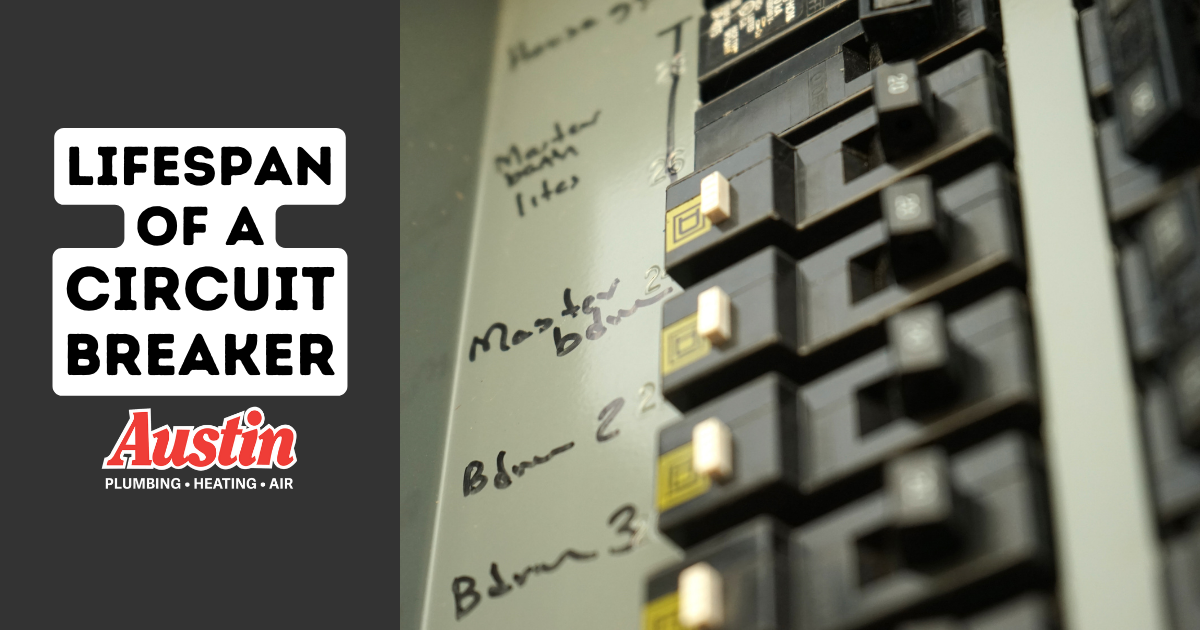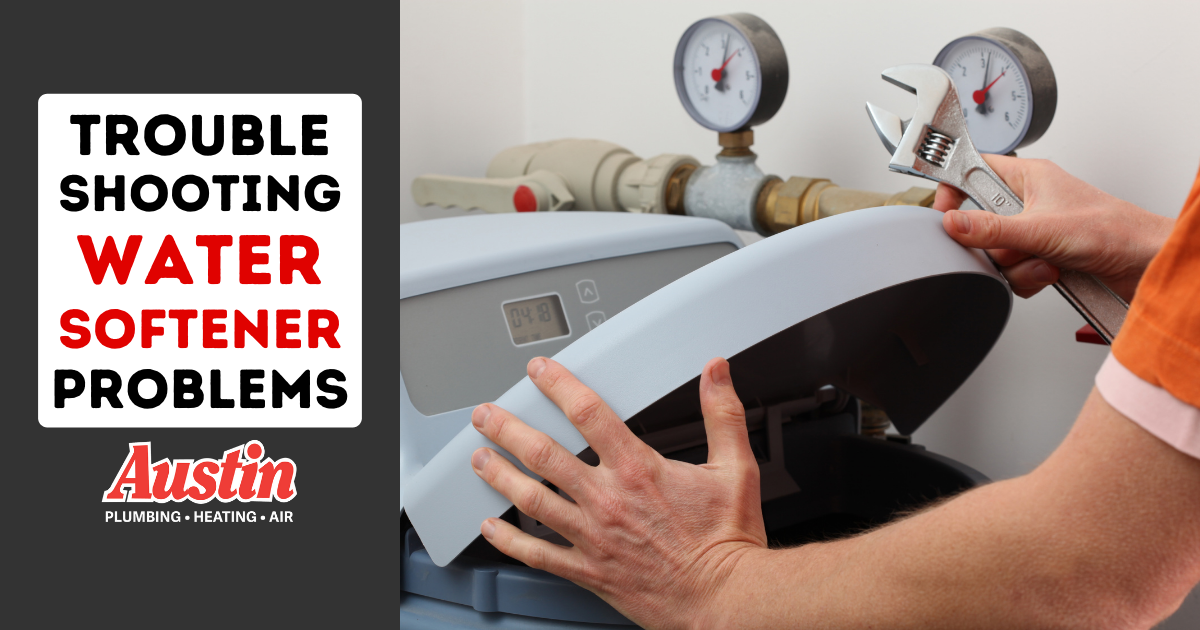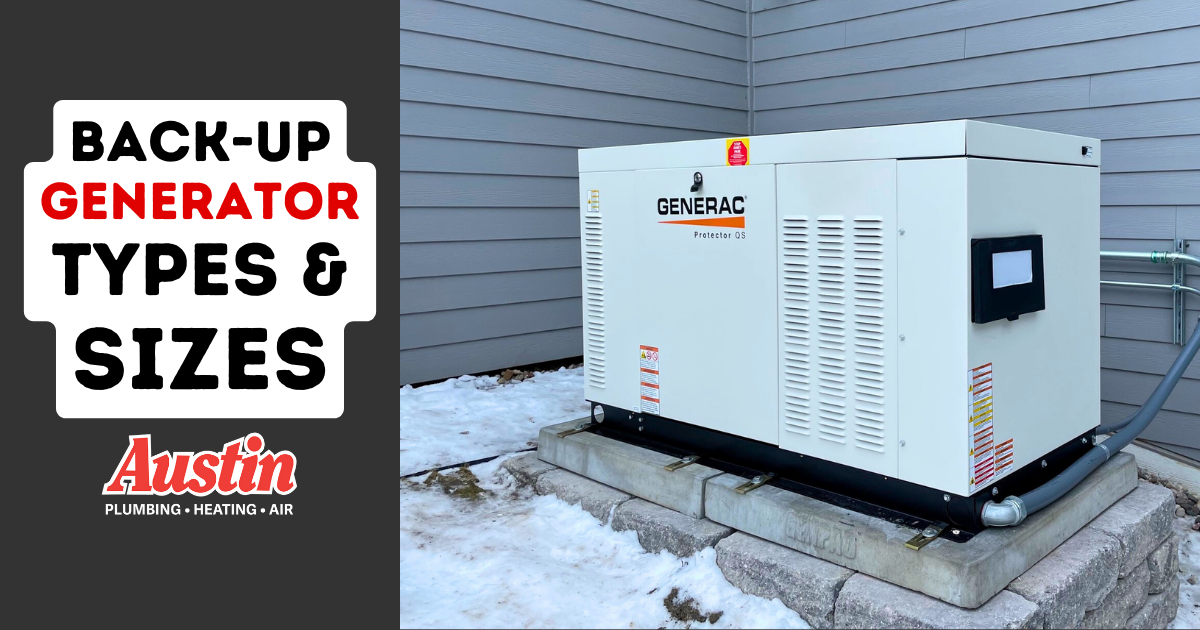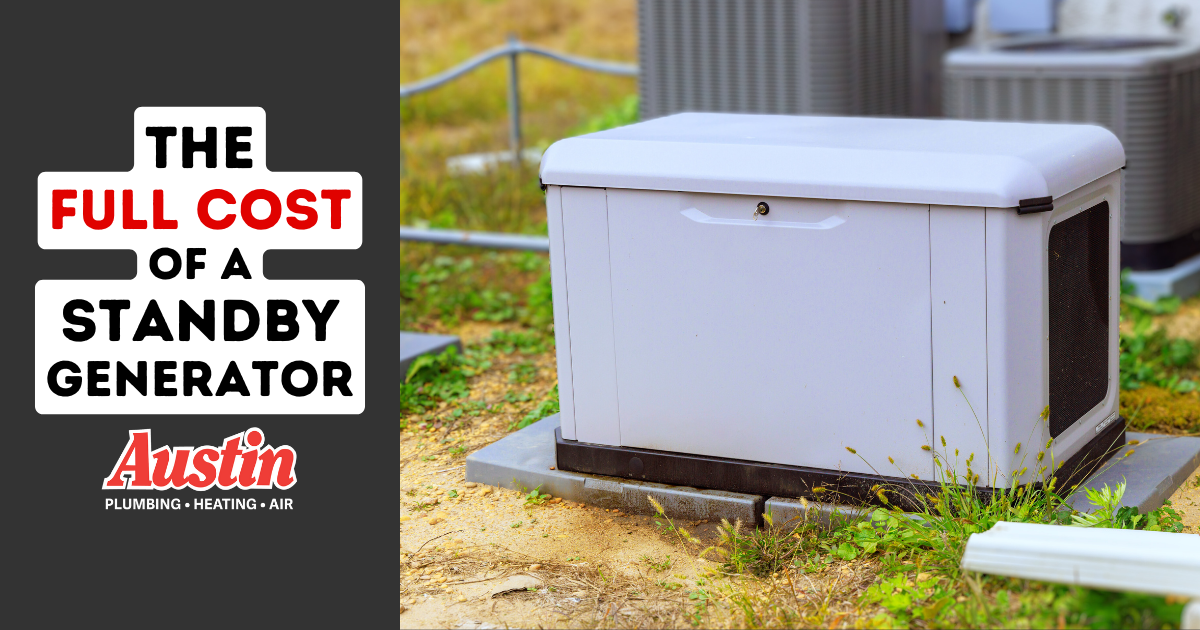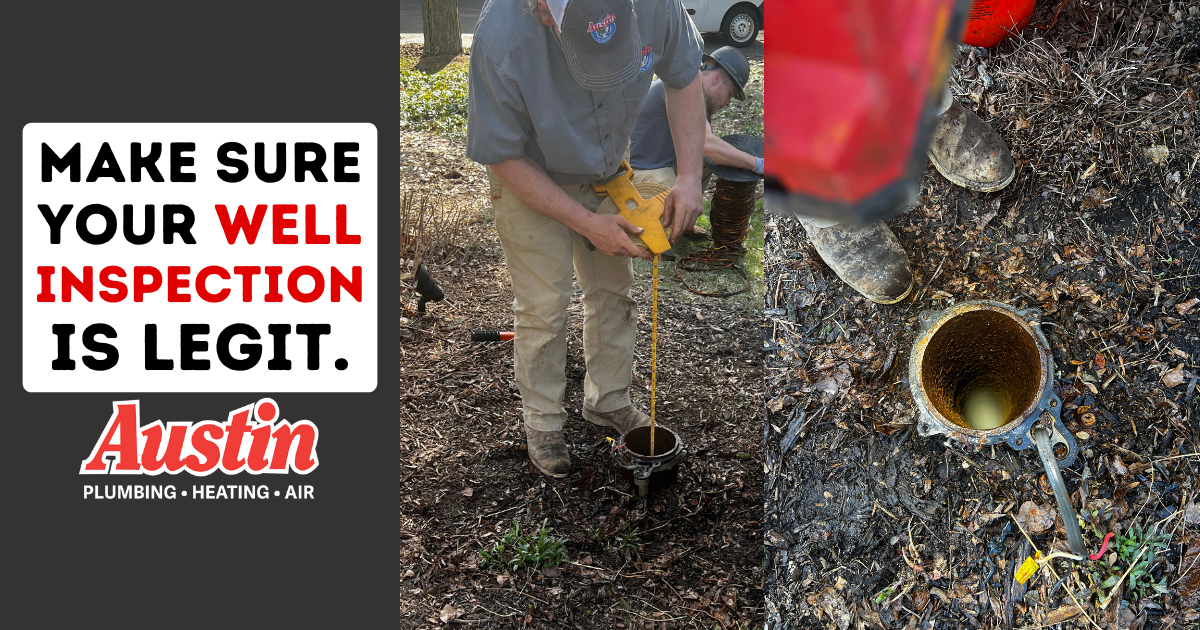How much does a replacement air conditioner cost?
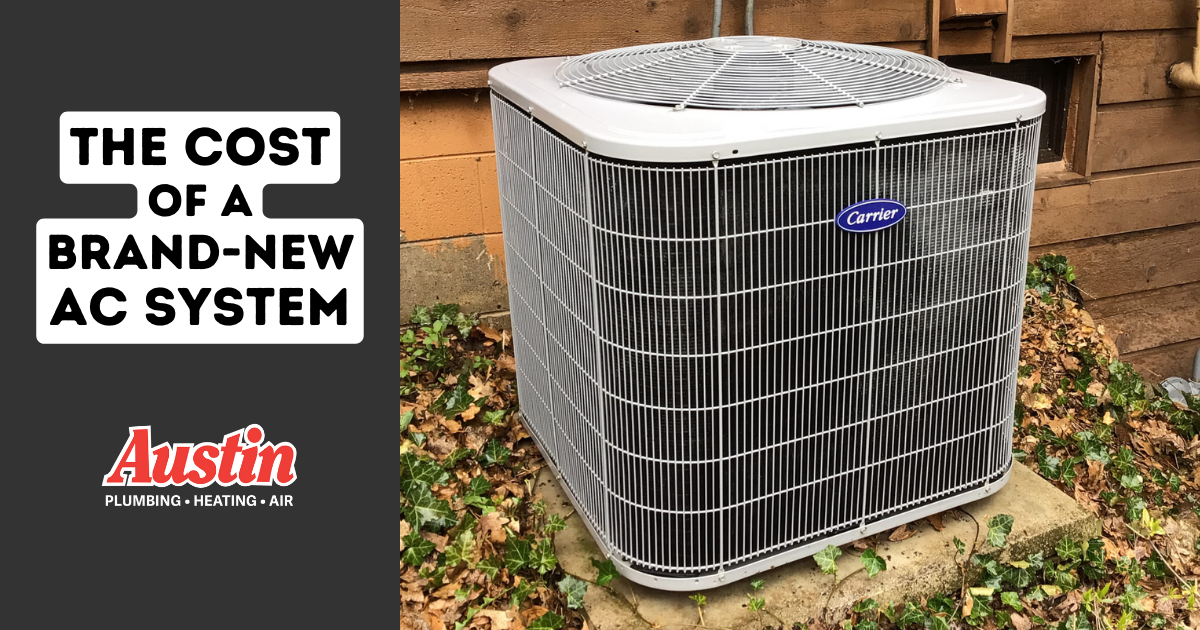
The Wisconsin Master Tradesman Guide To Air Conditioner Pricing and Choosing a Replacement
A residential air conditioner (that is, one for a home, rather than for a commercial facility) can range between roughly $4,200 at the low end and $13,000 at the high end.
- There are options for every price point in between. The size and complexity of your new AC system is ultimately up to you.
- What you pay for replacement partially depends on your current AC system. Some components of your current system may be incompatible with certain types of ACs. A dramatic upgrade may require changes that can add to labor costs.
- There may be a fee to help cover the cost of an installation permit, if applicable. Not all HVAC companies play by the rules, but we like to do things right. That means we’re acquiring permission from the city before installing a new system-and getting their seal of approval after inspection, so that you know we did a great job.
- Your final quote may be higher than the initial estimate based on these and other variables.
Now that you’re thinking like a pro, let’s get into a little more detail.
The “Big Six” of AC Replacement: 6 Factors Affecting the True Total Cost of a New AC
Four major factors will ultimately impact the price you pay to replace your air conditioner. The first two are largely out of your control, but it’s still good for you to be aware of them.
1. Your home: In particular, the size of your house can have a proportionate effect on what you’ll need to budget for. The age of your home, especially if you still have the same AC as you did when you bought the house, can also have an impact, since installing a more modern system can require a little more work. That leads us to…
2. Installation requirements: Before we install your new AC, we may need to modify things like your existing ductwork or refrigerant lines. It’s not uncommon for customers to need code upgrades or electrical work, as well.
Now, the fun part. These next two factors are where you will have the most control.
3. Chosen equipment: The first part of our job is to help you make an informed decision between the different AC options available to you. This is a super broad topic, but it basically comes down to two simple concepts: efficiency and comfort.
4. Efficiency is represented by a Seasonal Energy Efficiency Ratio (SEER), which describes the relationship between an AC’s energy consumption and its actual cooling ability. The higher the SEER rating, the more energy-efficient your AC system is-and the more expensive. For the average customer, a high-SEER system provides diminishing returns on investment. However, some still appreciate its modernity and environmentally-friendly appeal.
5. Comfort is especially affected by the type of AC system you use. There are single-stage air conditioners, which are the most common for homeowners; then, you have two-stage air conditioners, which allow for more control over the temperatures in your home. After that comes the variable-speed air conditioner, which tends to have the highest of SEER ratings. Keep in mind that these brand-new types of AC must often be matched with an equally modern furnace or air-handling system in order to run as intended-not to mention the need for adequate ductwork, refrigerant lines, and an electrical system.
But wait, there’s more!
6. Desired accessories: These are the “nice-to-have” features that are totally optional, but you might find that one or more of them are worth the additional cost. Think indoor air quality: filters, dehumidification, and the increasingly-popular smart thermostat. If any of these add-ons have a very positive effect on your quality of life at home, you should generally go ahead and bundle it in with the purchase of your new AC. Putting off the decision is likely to cost you more money down the line.
Estimated Ranges for Each Price Point
Once you’ve narrowed down the options to those you’re really interested in, take a look at these pricing tiers to get a more concrete sense of what you can expect to budget.
- Entry level: $4,200 to $6,500. Though you won’t find anything fancy here, it wouldn’t be fair to call this range of products “low-end”. On the contrary, it’s a great choice for families who want a reliable, responsive air conditioning unit that isn’t going to break the bank. If you prefer simplicity and place high emphasis on financial peace of mind, it makes sense to go with a system that has withstood the test of time and proven its efficacy even in the modern world.
- Mid-range: $5,500 to $9,000. For this price, you can typically get a two-stage air conditioner along with a fair SEER rating to boot. What you can expect from this range: a happy middle ground between minimally efficient and ultra-efficient technologies. It’s a highly practical investment for those who plan to continue living at their current home for years to come.
- The high end: $7,500 to $13,000. The height of efficiency. The “green standard”. All bells and whistles included. Paying in this range makes sense for you if you’re particularly concerned about mitigating your environmental impact. It’s also an investment more appropriate for long-term use.
Be ready for the cost of a replacement AC to rise exponentially in the next several years.
In the HVAC world, major changes are coming down the pipeline-not all of them affordable. The more stringent SEER2 rating standard is quickly becoming commonplace as governmental and oversight agencies push to electrify heating and cooling systems as much as possible. As billions of dollars are spent on developing nominally more efficient technology, HVAC equipment manufacturers have gained a foothold in the market. Make no mistake: they are already taking advantage of this new opportunity to increase the cost of their products, sometimes without offering any additional benefit at the consumer level.
Considering how expensive gas furnaces, central air conditioning, ductless air conditioners and heat pumps have become just over the last few years, getting a new HVAC system may well cost as much as a brand-new car in the near future.
Still need help making a choice?
If you’re tired of sweating the details, just give us a call! We’ll happily help cool you down and answer any burning questions you might have along the way.

